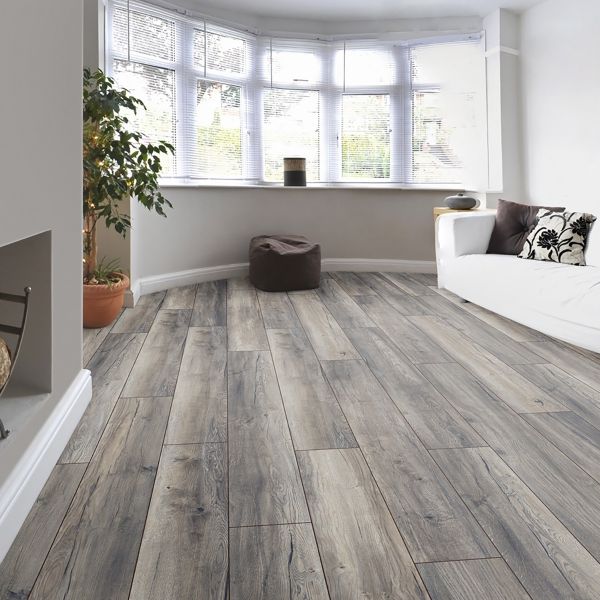Understanding Undertones to Choose the Right Color

On the off chance that you’ve at any point ended up gazing at a newly painted room and pondering where your shading picks turned out badly, you might be the survivor of bungled suggestions. Here’s a speedy look over the nuts and bolts of feelings and a few hints on the best way to utilize them to make winning shading mixes.
Mass tone versus undercurrent. At whatever point a tone is made by combining at least two tones as one, that shading will have both a mass tone and a hint. The mass tone is the thing that you see first; it’s what discloses to you the tone is red, blue, green, etc. The nearer the connotation is to the mass tone, the more genuine the shading will show up. So a genuine red will have a mass tone and suggestion that are practically the same, however maroon will have a blue connotation, while poppy will have an orange undercurrent. To comprehend the feelings in the tones, neutrals and whites you’re thinking about, and to tackle your suggestion issues, follow Sue’s master counsel:
Try not to take a gander at colors in seclusion. “In case you’re simply taking a gander at a white without anyone else, it will presumably look white. In any case, put it close to an unadulterated white and you’ll perceive how it contrasts — the green or pink or blue hint will appear in correlation,” Wadden says. You can utilize this stunt with any tone: Just put the shading you’re thinking about close to an unadulterated illustration of that tone (on the off chance that you don’t have one convenient, utilize a shading wheel); the feeling will rapidly uncover itself. Another alternative that functions admirably with light neutrals and white: “Take a gander at the mid-to-hazier tones on a let-down strip — it will be a lot simpler to recognize the feeling than the paler tones at the top.”
Consider shading temperature. Warm tones regularly have connotations that are orange, yellow, or red, while cool tones have undercurrents that are green, blue, or purple. In the event that you would prefer not to examine the feeling too eagerly, simply sort out if the shading looks warm or cool to you, and what sort of temperament you need your space to have. Warm tones will in general make an environment that is comfortable or vigorous and cool tones frequently show up new and alleviating.
Take a gander at the lighting. How much and what sort of normal light a room gets can bigly affect the feelings that emerge from a tone. Blue northern light will underscore blue feelings; brilliant southern light will cause tones to seem creamier. Electric light is similarly significant. “Tones will look entirely unexpected under yellow glowing light versus green glaring light,” Wadden says. “You can change the shadings you’ve picked, or simply change the lights on the off chance that you’ve committed an error.”
Find some kind of harmony — or don’t. Basic finishing exhortation is to adjust warm and cool components in a room. Be that as it may, there are no rigid standards, Wadden says. “On the off chance that I were picking paint tones for a Craftsman-style house with a great deal of warm wood tones, I’d presumably pick a cool paint shading like blue to adjust all that glow. Yet, another person may need something like gold, to truly underline it.”




